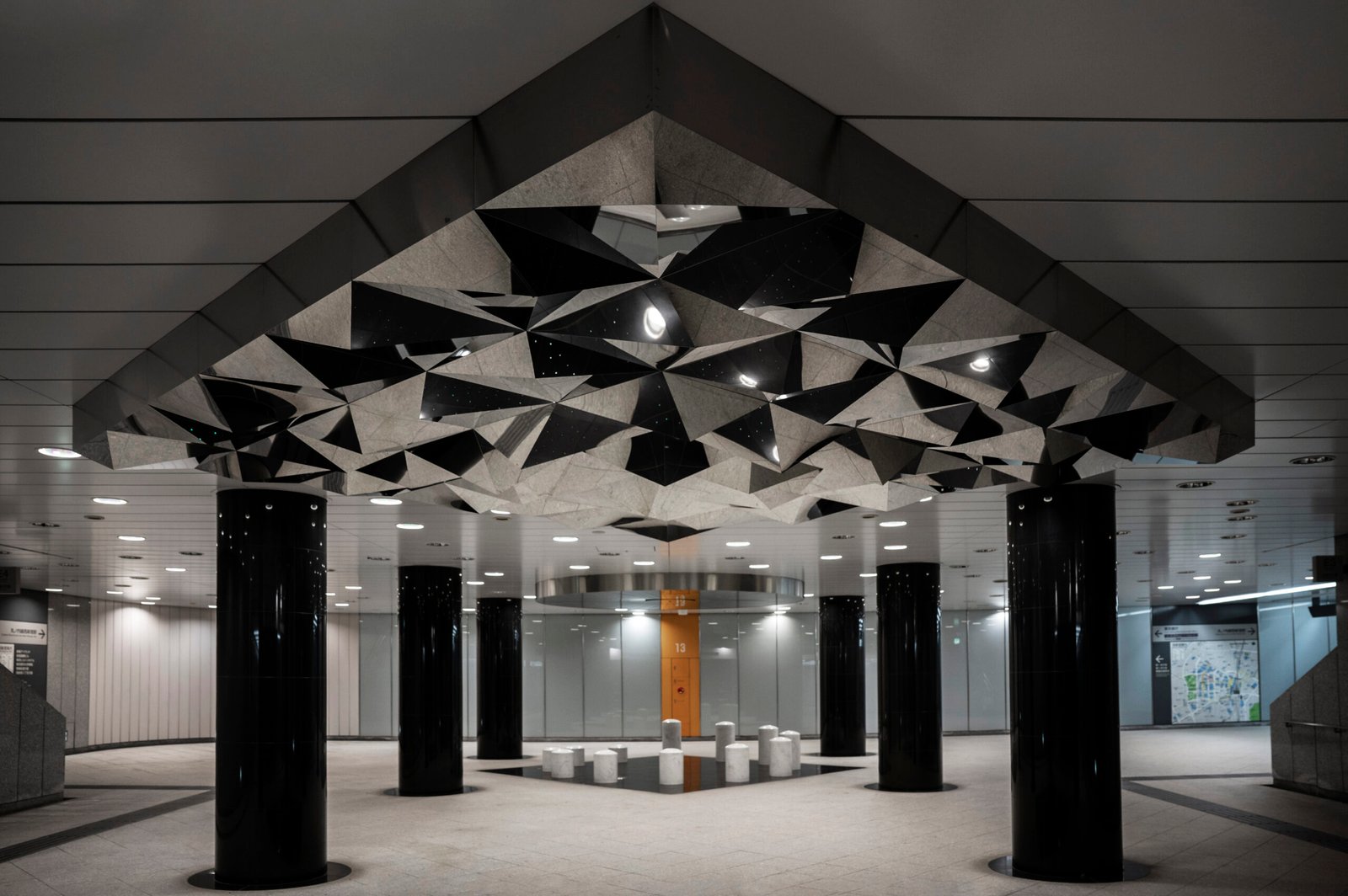
Why Architectural LED Lights Are the Upgrade Your Space Really Needs
Ever looked up at an old ceiling light and thought, “This makes the whole room feel dated”? You’re not the
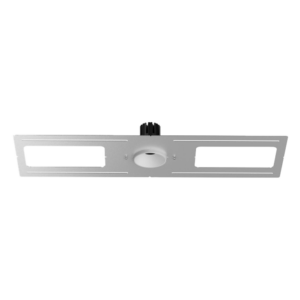
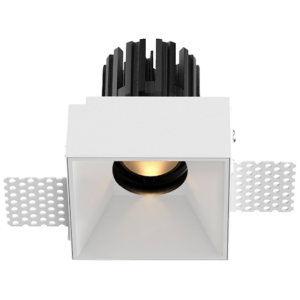


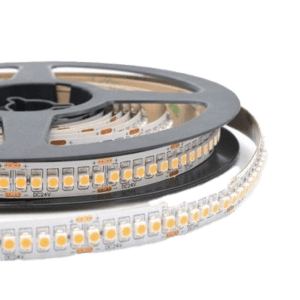
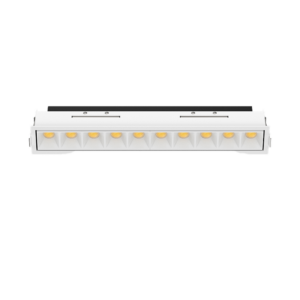


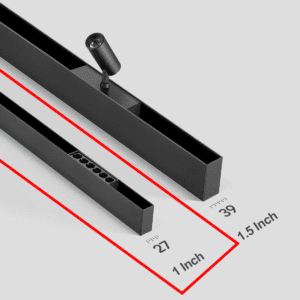


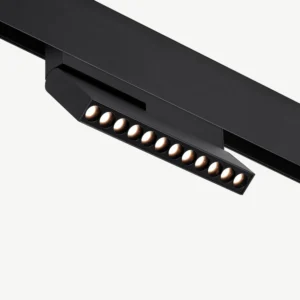

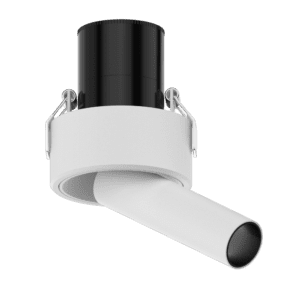
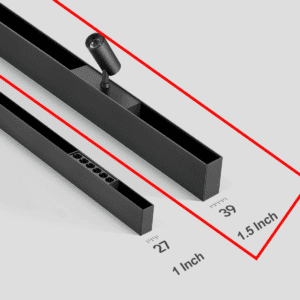





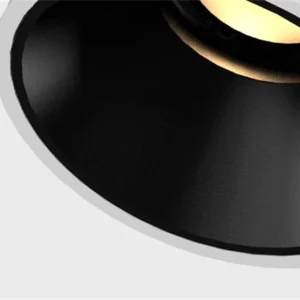

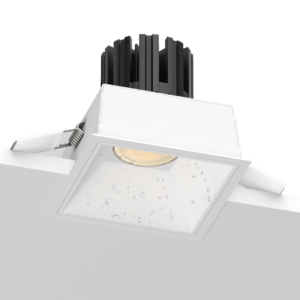

A smarter, cleaner way to light up your space and cut down your bills.
Let’s Talk Numbers, But Keep It Beautiful
You pay the electricity bill, we do too. And those lights are part of the reason it keeps climbing. If you’re living in a house or running a factory, lighting is one of those things you don’t always think about, but it quietly eats into your budget.
Now here’s the thing: LED lights aren’t just about being eco-friendly or looking good (though they do both). They actually help save money, real, month-after-month money. So let’s break it down into the facts, ideas, and a few real benefits that actually make a difference.
Traditional bulbs are energy-hungry. They suck up more power than you’d think.
LEDs are the opposite. They use up to 80% less electricity than those old-school bulbs. That is not a small difference; it shows up on your electricity bill.
You could be lighting your home or a massive warehouse. Doesn’t matter. LED lights use less energy and give you more light for the cost. Homeowners shave off hundreds a year, and factories, even more. And it’s not some big switch you have to make, just start changing out your bulbs with high-efficiency LED fixtures for better savings.
The numbers here are hard to ignore. An average LED lasts between 25,000 to 50,000 hours compared to around 1,000 for incandescents and 8,000 for CFLs.
Fewer replacements mean:
Some people even upgrade to Recessed Round Downlights in homes or offices because they’re sleek, durable, and need zero maintenance for years.
It’s one of those upgrades that pays for itself quietly, no drama, no breakdowns, just solid performance and fewer things to worry about.
You know how some bulbs heat up the whole room; LEDs don’t do that. Old bulbs turn most of their energy into heat, in contrast to LEDs, which give off barely any heat.
That means less heat floating around your room or workspace. And that means your air conditioning doesn’t have to fight as hard to keep things cool. For factories, this can make a massive difference, especially in summer. And for homes, it’s just nicer. You feel the light, not the heat.
You’ll also find that industrial LED lighting makes these kinds of large-scale environments safer and more efficient without pushing your HVAC systems to the limit.
Less heat = safer. No accidental burns, no chance of something catching fire.
If you like having things just the way you want them, LEDs were made for you.
You can dim them, time them, control them with your phone, or connect them to motion sensors. They work with smart home systems and building setups easily. At home, this means setting the mood or turning lights off without getting out of bed. In factories or big spaces, it means only lighting up areas where work is actually happening. Saves a lot of time.
Some setups even use a magnetic track lighting system to adjust fixtures around open-plan rooms or changing floor layouts. It’s flexible and efficient.
Back in the day, energy-saving lights looked… not great. Harsh and cold with weird shapes.
Not anymore. LED lights now come in so many clean, modern designs. Warm colours, soft edges, cool finishes—they blend right into any space. If you are into clean lines and calm tones (and who isn’t?), you’ll find options that actually make your home or workplace feel better. Some people go for LED architectural lighting just because it’s beautiful—bonus points that it cuts energy bills while looking great.
One of the best parts about LEDs? They work everywhere.
Homes:
Factories:
Need something unique for your interiors? Brands now offer custom LED lighting solutions to match the feel of your space—be it a minimal home or an industrial setup.
Here’s a little bonus many people miss:
Some cities or energy providers offer rebates if you switch to energy-saving lighting. For businesses, there are green building points (like LEED) that can boost your reputation and help with tax stuff, too.
Even without any rebates, most LED upgrades pay for themselves in 12 to 18 months. After that, it’s all savings. It’s not about spending more, it’s about spending smarter.
Got a larger area or showroom, then products like the Recessed Wall Washer work brilliantly for wider coverage and highlight details beautifully while staying energy-efficient.
“They’re too pricey.”
→ Maybe at first. But they last way longer and cut your bill. That more than makes up for it.
“LED light is too harsh.”
→ Not anymore. You can get soft white, warm yellow, or cool daylight tones, whatever suits your space.
“They’re not made for big buildings.”
→ Totally false. In fact, they work even better in larger setups. Think warehouses, offices, and factories.
So here’s the real talk: switching to LED lighting just makes sense. Less energy, less heat, less maintenance. And you don’t give up design or control. You actually get more of both. If you’re looking to cut your electricity costs or just want lighting that works better and lasts longer, this is the move.
Want to check out energy-efficient lighting options that don’t look boring?
Browse the full range of LED lighting (for homes and industrial setups) at Nuordic.
A: Most homes can save a few hundred dollars, and big buildings up to thousands.
A: Yes. They last long, don’t overheat, and work great with automation.
A: Definitely. Dimmers, motion sensors, and timers all work with the right setup.

Ever looked up at an old ceiling light and thought, “This makes the whole room feel dated”? You’re not the

These days, interiors are more about seeking comfort around how you live while reflecting your bits of personality. For the

Our sister websites: Valinora | Fences & Gates – Sitemap